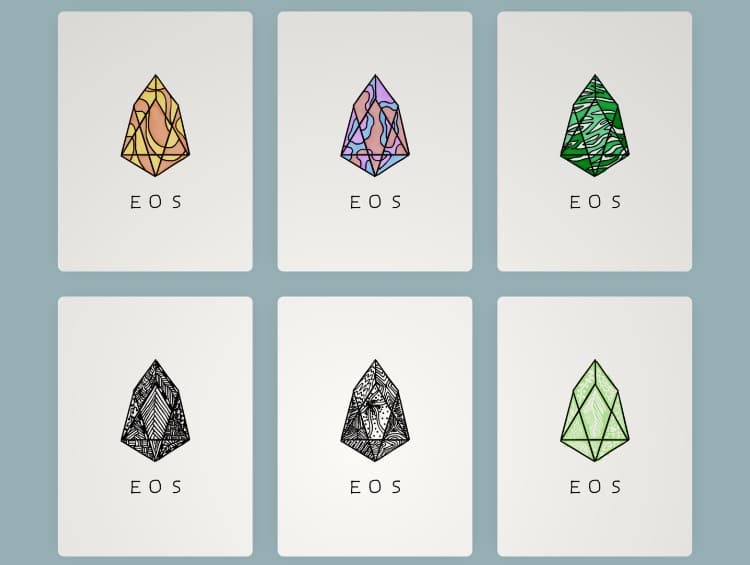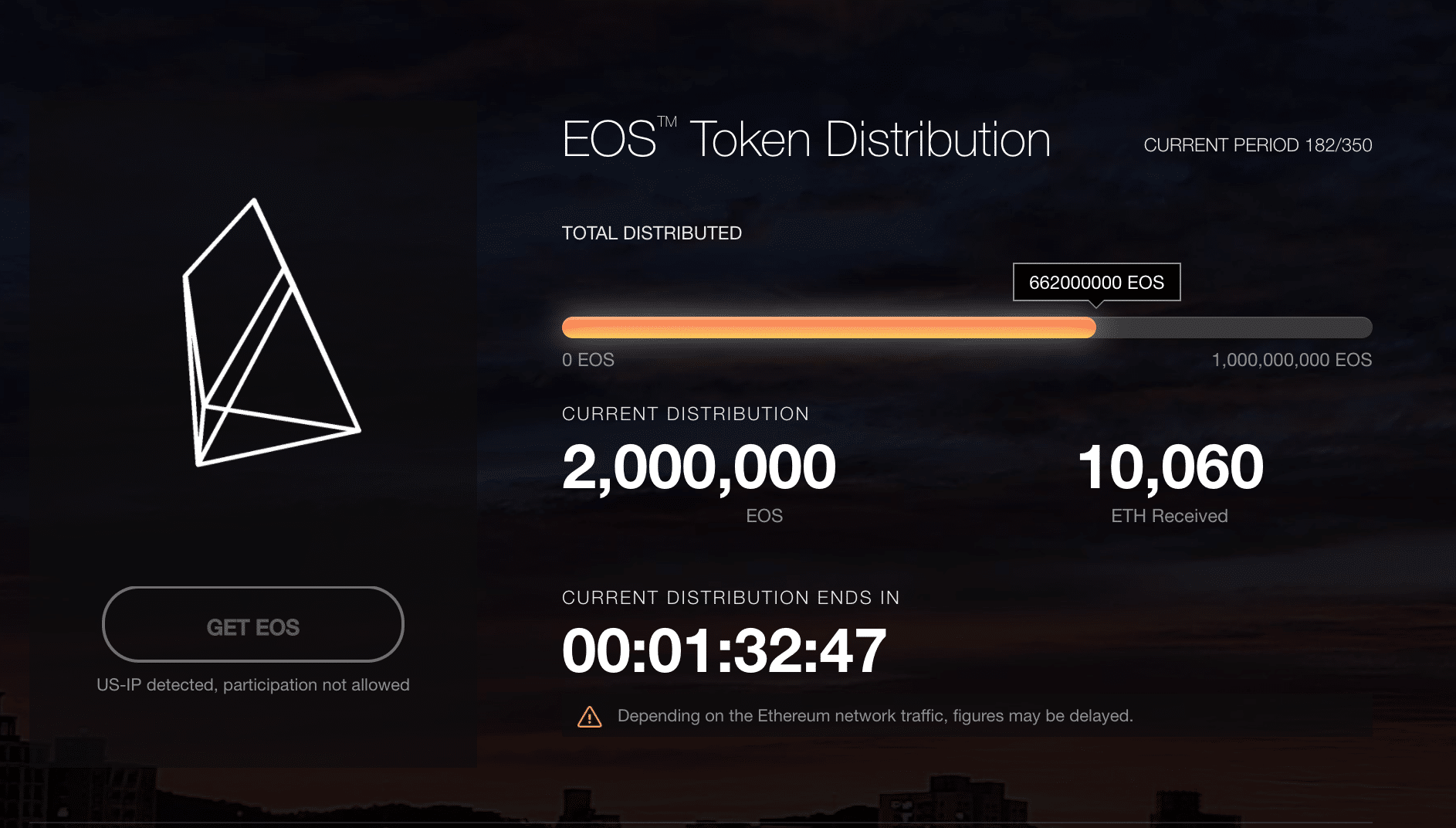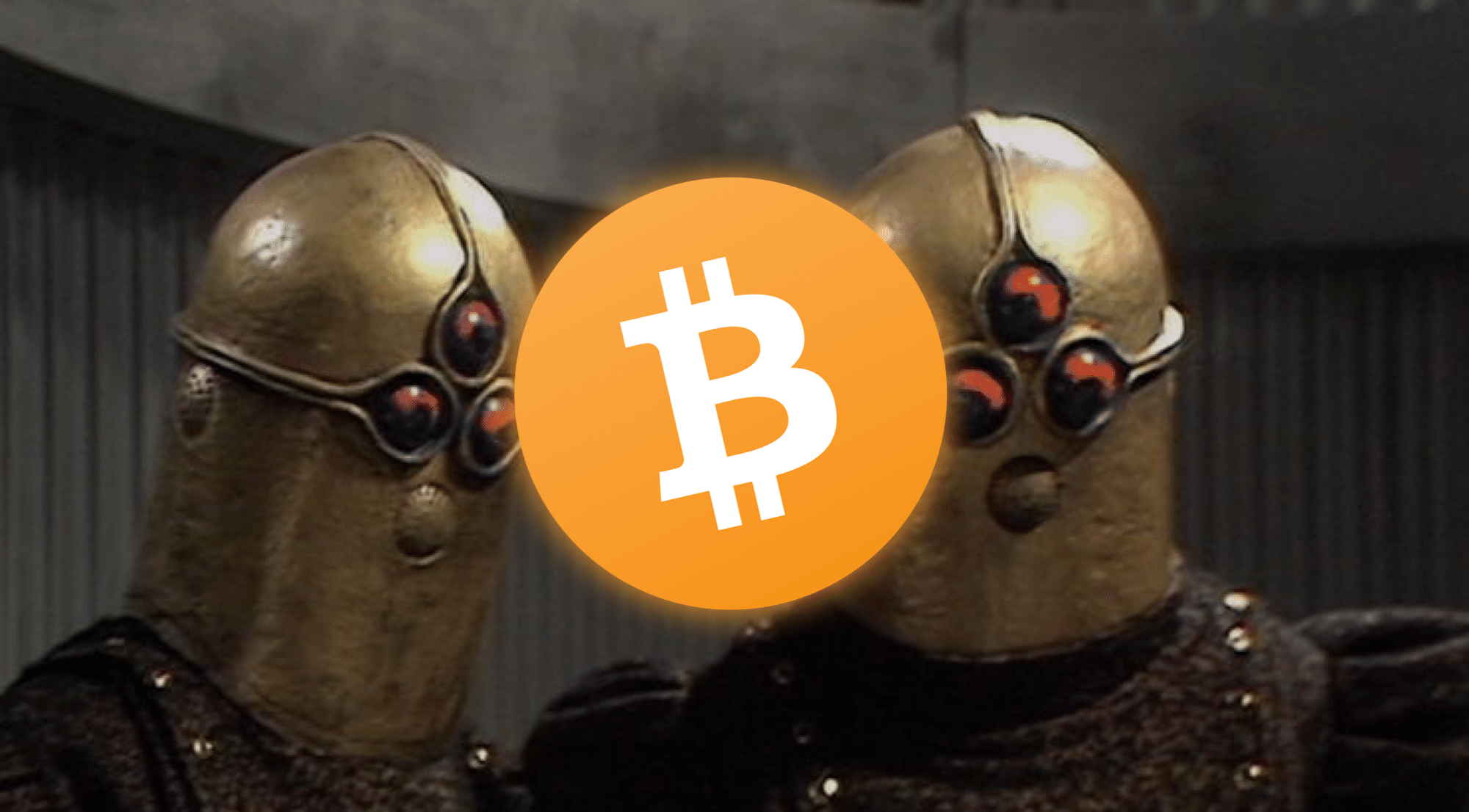What Is EOS?
EOS is a blockchain platform for the development of decentralized applications (dapps), similar to Ethereum in function. In fact, supporters have dubbed it the Ethereum killer. It makes dapp development easy by providing an operating-system-like set of services and functions that dapps can make use of.
The idea behind EOS is to bring together the best features and promises of the various smart contract technologies out there (e.g. security of Bitcoin, computing support of Ethereum). Simply put, the EOS community is working to provide one simple to use, massively scalable dapp platform for the everyday user.
In this beginner’s guide, we’ll get into:
- How Does EOS Work?
- Roadmap, Team, and Community
- EOS Token and Trading
- The Controversy
- How to Buy EOS
- Where to Store EOS
- Conclusion
- Additional Resources
How Does EOS Work?
The EOS vision is to build a blockchain dapp platform that can securely and smoothly scale to thousands of transactions per second, all while providing an accessible experience to app developers, entrepreneurs, and users. They aim to provide a complete operating system for decentralized applications by providing services like user authentication, cloud storage, and server hosting.
Be Authentic(ated)
The EOS network is a ready-made platform for apps that lets you tap into a full-featured authentication system. User accounts, complete with different permission levels and their own locally secured user data, come as a feature of the network. You’re also able to share database access between accounts and store user data on a local machine off of the blockchain.
Recovery for stolen accounts is baked into the system as well. You have various methods of proving your identity and restoring access to a compromised account.
Keep It In the Cloud
Server hosting and cloud storage are part of the EOS system as well. As an application developer, you can build and deploy applications with hosting, cloud storage, and download bandwidth that the system provides. This opens you up to bring your ideas into reality free from the demands of securing storage and bandwidth.
As a developer, you also have access to usage analytics for storage and bandwidth directly from EOS and are able to set limits for specific applications. You pay for these services by staking tokens.
Scaling Up
Most common blockchains (think Bitcoin and Ethereum) use consensus over state, meaning that, at any point, all of the computers on the network can verify the current state of the entire blockchain. Doing so helps to prevent fraud and confirm transactions. The blockchain in those cases is a graph of the state of the system. And when each new block appends to the blockchain, nodes on the network take each transaction from the block and update the state of each address associated with those transactions.
On the other hand, EOS implements consensus over events. When using consensus over events, the focus is on the transactions (or simply messages) as opposed to the state. Instead of verifying the state of the network at any given time, nodes verify the series of events that have occurred so far to keep track of network state. The system takes longer to completely reconfirm the history of transactions when it restarts but can handle a much higher throughput of transactions while running.
Simply put, the network can scale to one million transactions per second out of the gate on a single machine, with theoretically infinite scaling possible in parallel between multiple machines.

Free to Use
By default, an application built on the EOS platform does not require micropayments by end users to send transactions and perform tasks on the blockchain. Individual app developers determine how users pay transactions fees. So, companies are free to come up with their own monetization strategies.
Features, not Bugs
The EOS system provides a governance model based on block producers than vote on which transactions are confirmed, whether an application is running correctly, and on changes to the source code of individual applications as well to the system itself. The community can actively upgrade, downgrade, and fix bugs in the system in a democratic and secure manner.
No Trouble Performing
The system reduces the latency and maximizes performance by structuring each block (produced every 0.5 seconds) even more finely into sequential cycles. Cycles comprise threads that run in parallel within cycles. This structuring allows you to send and respond to transactions within single blocks and between blocks, bringing the theoretical bottom limit to the response time down to simply message transmission time over the net.
The Technical Whitepaper outlines a lot of the nitty-gritty features and details that we’ve left out here for brevity.
Roadmap, Team, and Community
The EOS project was created by a company called Block.one. The company is led by Dan Larimer (co-founder of both Bitshares and Steemit) and Brendan Bloomer. Both provide some serious experience in the crypto world and have been publicly active in promoting the technology as a whole in addition to their own projects.
EOS Dawn 1.0 was released September 14, 2017, the Dawn 2.0 release brought resource tracking and inter-blockchain communication on December 4, 2017, and the Dawn 3.0 release (the project’s official launch) occurred in April 2018.
The community behind EOS is vibrant and global, with a lot of love from investors and contributors alike. Meetups are common, art is being created, the Telegram group is active, and more communities can be found on Facebook, Twitter, and Steemit.

There are currently over 100 dapps on the EOS network. Unfortunately, the activity on these dapps is somewhat lacking. The most active application, PRA CandyBox, has just over 6,000 daily active users. However, this number is substantially higher than Ethereum’s most popular dapp, the IDEX decentralized exchange, which currently sits at slightly over 1,000 daily active users.
The Controversy
Other than maybe Ripple (XRP) or Bitcoin Cash (BCH), EOS is probably the most polarizing project in the space. Opponents argue that the project is heavily centralized due to its implementation a Delegated Proof-of-Stake consensus mechanism in which just 21 Block Producers verify transactions. Additionally, many community members feel as if the project’s year-long, $4 billion ICO was negligent and greedy at best, or even fraudulent at worst.
The EOS network has had its fair share of bugs as well. Several critical vulnerabilities surfaced leading up to the launch of the platform’s main net, leaving many people scratching their heads wondering how they could happen with such a large budget. Even after the launch, benevolent hackers continued to report bug after bug.
EOS Token and Trading
The EOS token sale was one-of-a-kind. It took place over a full year, starting June 26, 2017, with 350 periods of distribution. At the end of each period, the total number of tokens designated for that period were distributed to contributors based on the amount of ETH they contributed divided by the total contribution amount.

During this time, most of the major exchanges listed EOS tokens. Therefore, the market mainly determined the price. This opened up the sale to anyone interested and gave plenty of time to watch the development and progress of the team before contributing. The result has been one of the most lucrative token sales to date and a lot of growth for the token in the meantime.
The EOS token itself doesn’t perform a function. It’s only useful in that developers developing applications on the platform must use them to generate their specific application tokens. And, each application’s acceptance on the platform is contingent on voting by token holders.
Trading
Following the closing of the ICO, the EOS price experienced a steep drop-off from a high of $4.85 (~0.00181 BTC) down to just over $0.50 (~0.000093 BTC). The coin price has been on a roller coaster since then, reaching an all-time high of $21.46 (~0.00227 BTC) before leveling off at its current price of about $5.40 (~0.000837 BTC).
Surprisingly, this record high didn’t occur during the market bull run toward the end of 2017. It instead happened at the end of April 2018. This large runup coincided directly with the launch of the platform’s main net as well as the eosDAC airdrop on April 15th.
With the main net launch in the books, the most influential event to impact the price is simply more EOS dapp use. Large partnerships and wide-scale enterprise use could push this along.
How to Buy EOS
The simplest way to buy EOS is to purchase it on Binance with either USDT, BTC, or ETH. You can also buy it on Bitfinex, Huobi, or OKEx although the process may not be as straightforward.
If you only have USD (or any other fiat) currently, you’ve got some additional steps. First, you need to set-up an account on a platform that supports fiat to crypto exchanges. Gemini, GDAX, and Coinbase are all popular options.
Once you’ve created an account, you should link your bank account and send USD to the platform. From there, buy Bitcoin.
Now that you own Bitcoin, send it from your original exchange to Binance. Finally, on Binance, trade your Bitcoin for EOS.
Where to Store EOS
You have several community-created wallets to choose from when storing your EOS tokens.
The Greymass wallet seems to be the overwhelming favorite of the community. It’s got everything you need to store your tokens and vote for Block Producers in an easy-to-use layout.
Simpleos is another solid option that community members recommend. As the name implies, the wallet has a clear focus on simplicity that even novice token holders should feel comfortable using.
If you’re more tech-savvy, you can always use the Command Line Interface (CLI) wallet included with the blockchain. This wallet is open-source and provided directly from Block.one, so it’s your safest bet.
Conclusion
EOS is a controversial project in the dapp arena with a proven team, lofty vision, but questionable execution so far. The $4 billion budget should be more than enough, though, for the project to accomplish all it’s set out to do. The next couple of years will be crucial for the platform to place a foothold in the dapp market.
Love it or hate it, one thing is certain: EOS isn’t going anywhere anytime soon.
Editor’s Note: This article was updated by Steven Buchko on 10.28.2018 to reflect the recent changes of the project.
Additional Resources
Never Miss Another Opportunity! Get hand selected news & info from our Crypto Experts so you can make educated, informed decisions that directly affect your crypto profits. Subscribe to CoinCentral free newsletter now.










